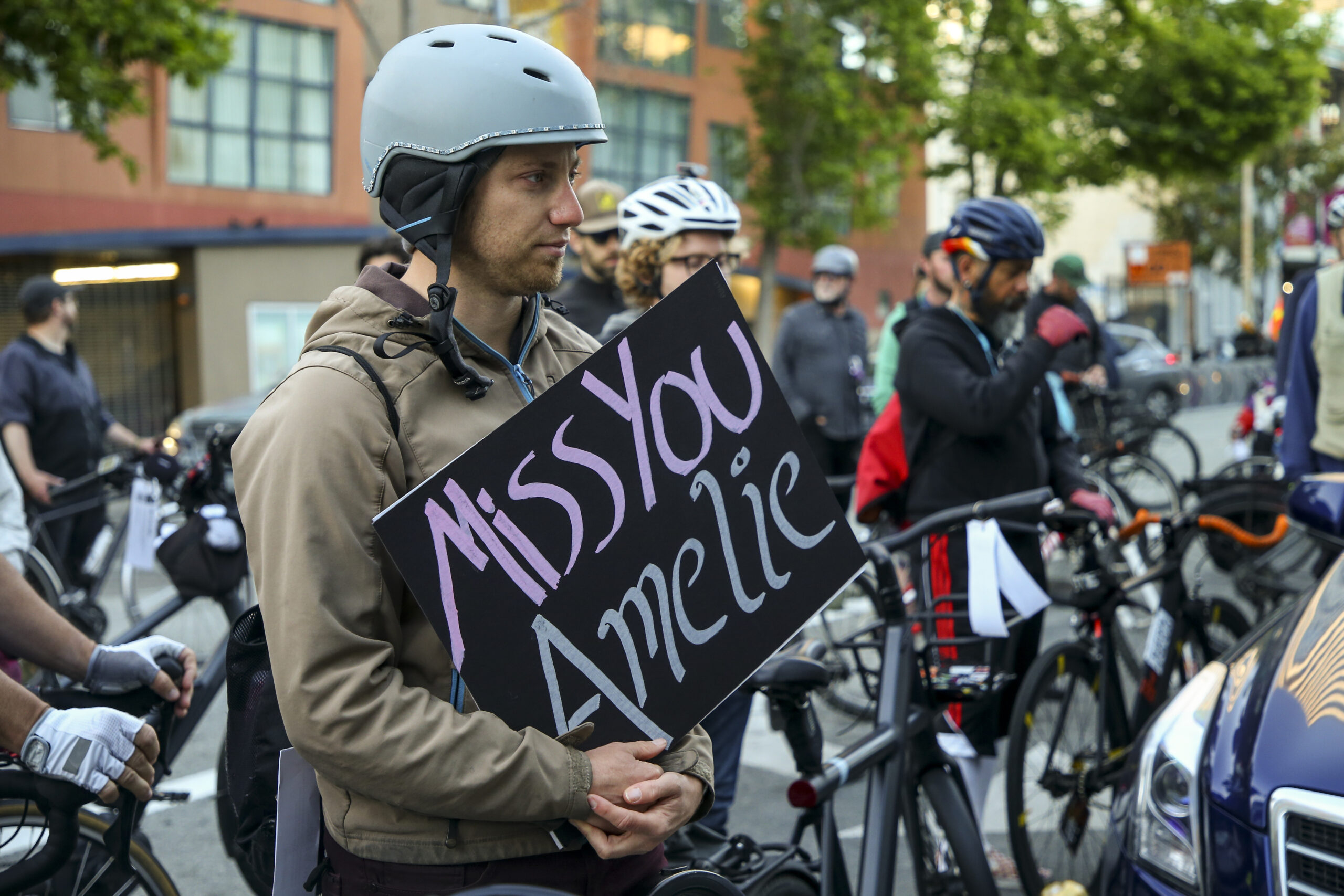The Bay Area is getting an infusion of cash from the federal government for street safety as traffic deaths continue to break records in San Francisco and around the Bay Area.
More than $64 million has been awarded Bay Area-wide as part of a $132 million effort to improve road safety administered by the U.S. Department of Transportation announced on Wednesday.
That includes millions of dollars each for street safety projects planned for San Francisco’s Western Addition, San Pablo Avenue in Alameda County and roadways across Contra Costa County.
Last year, 37 people were killed on San Francisco’s streets, nearly a decade after the city committed to ending all traffic deaths. Between 2016 and 2020, Alameda and Santa Clara counties were among the top 50 in the nation when it comes to traffic fatalities, and the Bay Area as a whole is highlighted on the federal government’s map of fatality hotspots nationwide.
The money also includes millions for local jurisdictions—including Bay Area Rapid Transit (BART), San Francisco County Transportation Authority (SFCTA) and the Bay Area cities of Napa, Santa Clara, Pleasant Hill and Palo Alto—to develop roadway safety plans.
The $360,000 headed to the SFCTA will go to phase three of a freeway ramp intersection safety study, the first two phases of which offered recommended safety updates to 15 high-risk intersections in SoMa, SFCTA Communications Director Eric Young told The Standard.
BART received $1 million to create its action plan, which the agency says will focus on eliminating roadway fatalities around the BART system and its properties to help encourage walking and biking in lieu of driving.
“The plan will focus on reducing roadway fatalities on streets, roads and highways in corridors proximate to the BART system by identifying first/last mile improvements to road safety near BART stations and investments that promote and support mode shift from driving to transit and active transportation—thus reducing the number of cars on roadways,” the agency wrote in its grant application.
According to its application, over 44% of BART riders walk or bike to its stations, and more than half of fatal and serious injuries due to crashes within a half-mile of BART stations involve bikers or pedestrians. The agency also wrote that it plans to use some of the money for a study to measure the safety impacts of transit.
Another $1.1 billion is expected to be released in April, according to the U.S. transportation department release.
